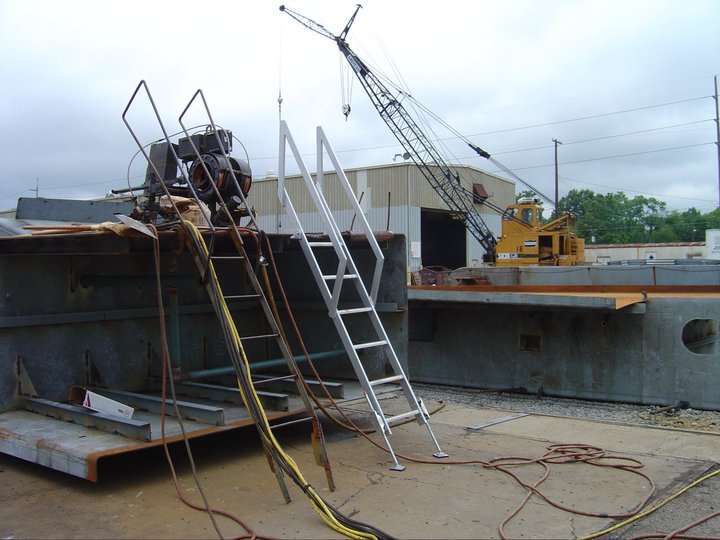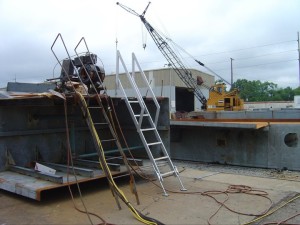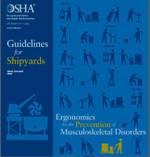Incentivizing safety is a controversial topic for management professionals. While the results of incentive programs are generally effective, it is important to create safety incentives that provide the proper focus. The method, motivational factors, and objectives must be properly structured to avoid undermining the desired effect. In fact, businesses that create safety incentives which discourage employees from reporting injuries are at risk of OSHA violations. Fear not, safety professionals, by following a few guidelines you can create incentives that build safety culture across the organization.
Safety Incentive Guidelines
- Make sure you have a safety program in place before creating incentives. Use incentives to enhance the organizational buy-in of a safety program.
- Plan incentives around the objectives you set for the program. Reiterate focus and goals at every opportunity. Reward and promote performance.
- Avoid incentives that may lead employees to fear the consequences of reporting incidents. Remember that incentives are to promote safety, not just meet goals.
- Capitalize on data management technology trends to track and reward long term safety program metrics as well as short term or more focused objectives.
Safety Incentive Program Ideas
- Safety Slogans: Many incentive programs center around the creation of slogans submitted by members of the organization. The advantage of slogan incentives lies in culture building and organizational involvement.
- Safety Quiz: These programs help to ensure employees understand shifting safety initiatives and can also test employee response to real world applications.
- Housekeeping: The cleanliness and organization of work areas often has a direct effect on safety and can be easily incentivized.
Safety incentives can be a means of establishing a sustainable safety culture while reducing the burden on employees. Programs such as number of days without injury or lost time can be effective, but should be structured carefully to ensure employees report injuries. The most effective programs are part of a larger injury risk management safety program, providing support in a way that employees want to participate in.
![Making the Case for Work Injury Prevention [INFOGRAPHIC]](http://safetyandnumbers.com/wp-content/uploads/2013/07/Work-Injury-Analysis-SQUARE_July2013.png)



